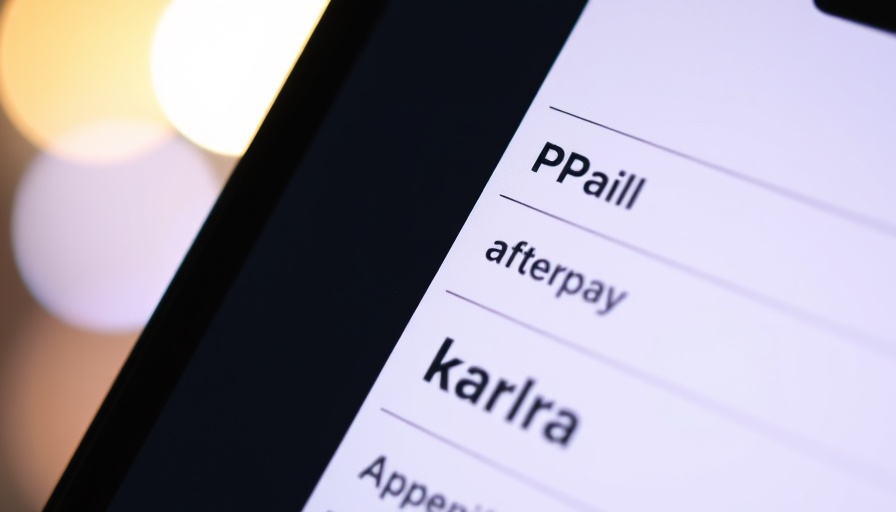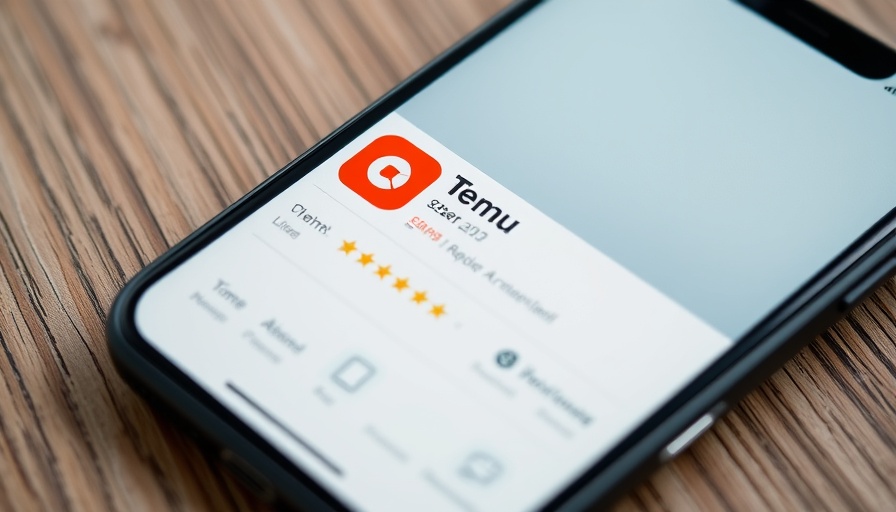
Understanding the BNPL Phenomenon: Why It's Here to Stay
In a financial landscape where every dollar counts, consumers are increasingly looking for flexible payment options that meet their needs. The rise of buy now, pay later (BNPL) solutions has reshaped shopping behaviors, compelling 43% of consumers to abandon their purchases when BNPL isn't available. This alarming statistic, highlighted in a recent report by PYMNTS Intelligence, indicates a profound shift in how payments are perceived and utilized.
The Demographics Behind BNPL Usage
The report reveals that BNPL is not a one-size-fits-all solution; rather, it resonates with specific demographics. Notably, consumers aged 25 to 34 are the most active users, with nearly 25% opting for this payment method. Conversely, only about 5% of individuals aged 65 and older are utilizing BNPL. This divergence suggests that younger generations are more inclined to embrace technology-driven solutions, aligning with broader trends in retail and fintech.
The Competitive Landscape: Who's Leading the Charge?
As consumers flock to BNPL options, understanding the competitive players in this field is essential for businesses looking to adapt. Klarna stands out with a commanding 26.2% market share, followed by Afterpay at 21.9% and Affirm capturing 19.3%. These platforms have become household names, shaping consumer expectations and setting a standard for convenience and accessibility in financial transactions.
What Happens When BNPL is Not an Option?
The report's findings on consumer behavior in the absence of BNPL are striking. A substantial 43% of respondents indicate they would choose not to purchase anything at all, while 42.4% may opt for cheaper alternatives. This insight raises fundamental questions about consumer finance: Is BNPL a necessary technological advancement, or simply a convenience that people have come to expect?
The Dual Nature of BNPL Users: Necessity vs. Convenience
Understanding the motivations behind BNPL usage is crucial for businesses looking to refine their strategies. The report segments users into two categories: those who use BNPL out of necessity, and those who prefer it for its convenience. This distinction, correlated with income levels, informs companies about their customer base and can influence marketing strategies and product offerings.
Future Trends: How BNPL Will Shape Consumer Financing
As BNPL usage continues to grow, businesses need to stay ahead of the curve. The intersection of BNPL with other credit products presents both opportunities and challenges. Over 80% of adults already use credit cards, and the dynamic blend of these financing options suggests an evolving landscape where technology plays a pivotal role in shaping consumer finances. As BNPL becomes a staple in shopping habits, its integration with digital currencies and other fintech innovations will likely expand.
For business owners generating $2M–$10M in annual revenue, it’s crucial to recognize the implications of these trends. Adapting to the financial preferences of consumers not only enhances customer satisfaction but also drives sales. What are you waiting for? Embracing BNPL and similar fintech solutions could position your business to thrive in an increasingly digital economy.
 Add Row
Add Row  Add
Add 



Write A Comment